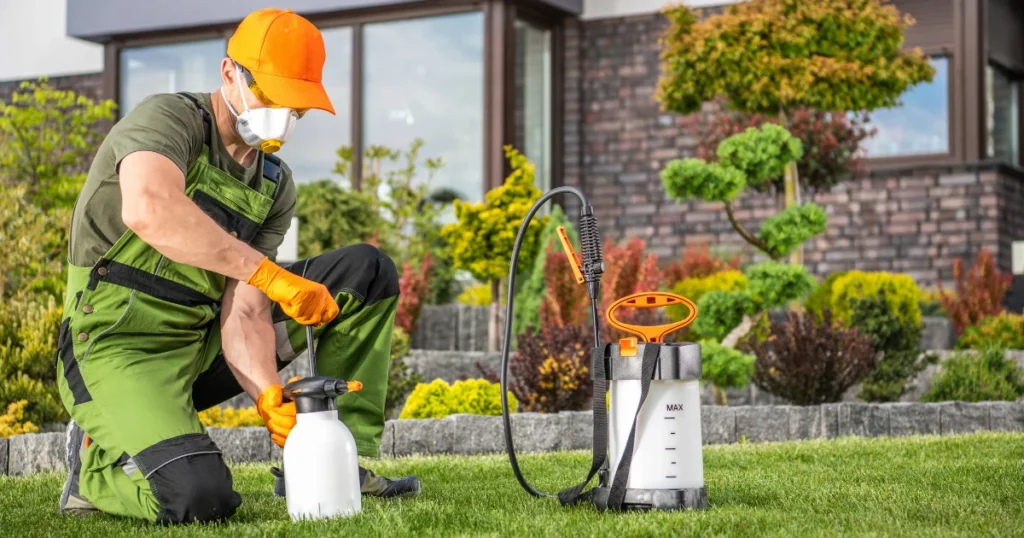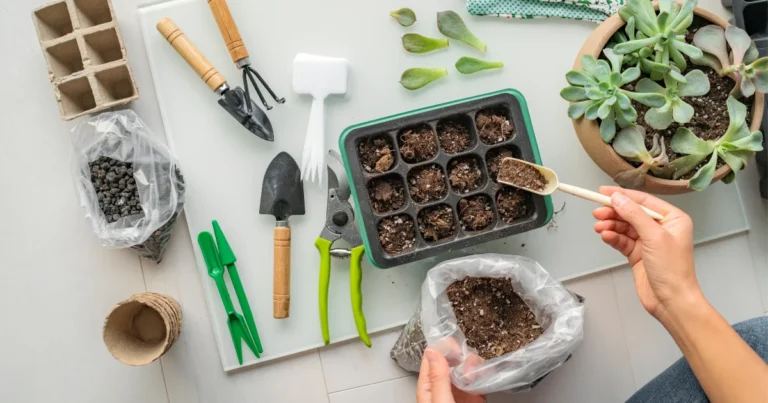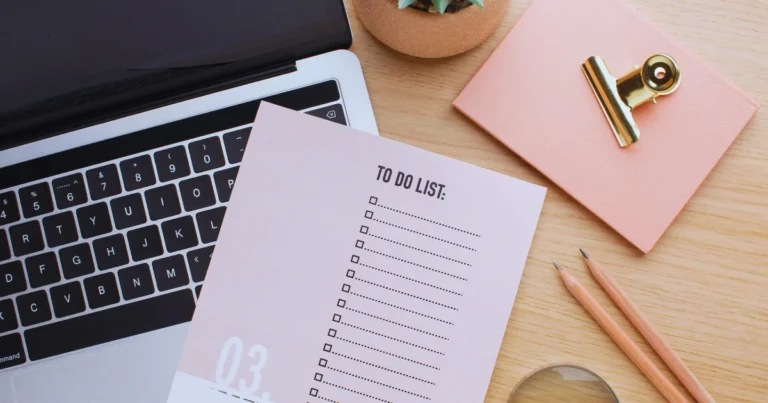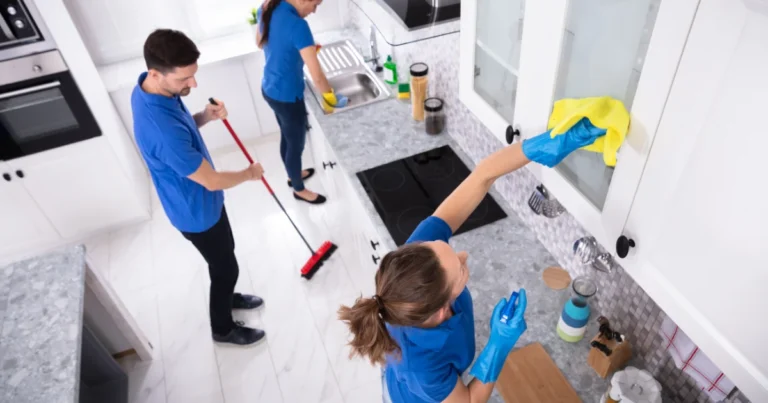Common Pests/Diseases In Home Gardens
Introduction:
Maintaining a flourishing home garden comes with its fair share of challenges, one of the most prominent being the presence of pests and diseases. From invasive insects to fungal infections, these nuisances can wreak havoc on your carefully cultivated plants if left unchecked. In this guide, we’ll explore the common pests and diseases that plague home gardens, along with effective strategies to identify, prevent, and combat them.

Identifying Common Garden Pests
Aphids:
Aphids, small soft-bodied insects, are notorious for infesting garden plants and sucking sap from tender shoots. These pests multiply rapidly and can cause stunted growth and distorted foliage.
Whiteflies:
Whiteflies are tiny, moth-like insects that congregate on the undersides of leaves, sucking sap and leaving behind a sticky residue known as honeydew. Their presence can lead to leaf yellowing and wilting.
Caterpillars:
Caterpillars are the larval stage of moths and butterflies. While some caterpillars are harmless, others, such as cabbage worms and tomato hornworms, can devour entire leaves and fruits, causing extensive damage.
Common Garden Diseases
Powdery Mildew:
Powdery mildew is a fungal disease characterized by a powdery white coating on leaves, stems, and flowers. It thrives in warm, humid conditions and can weaken plants by inhibiting photosynthesis.
Leaf Spot:
Leaf spot is caused by various fungi and bacteria and manifests as dark, circular lesions on plant foliage. Severe cases can lead to defoliation and reduced plant vigor.
Blight:
Blight is a term encompassing several fungal diseases that cause rapid wilting, browning, and death of plant tissues. Common types include early blight in tomatoes and late blight in potatoes.
Prevention and Control Strategies
Cultural Practices:
Implementing good cultural practices such as proper spacing, adequate watering, and timely pruning can help prevent pest and disease outbreaks by promoting plant health and vigor.
Natural Predators:
Encouraging the presence of beneficial insects such as ladybugs, lacewings, and predatory mites can help keep pest populations in check through biological control.
Organic Remedies:

Homemade natural remedies such as neem oil, garlic spray, and insecticidal soap can be effective in controlling pests without harmful chemicals, preserving the ecological balance of the garden.
Bottom Line:
Dealing with common pests and diseases in home gardens requires vigilance, knowledge, and proactive management strategies. By learning to identify common garden pests and diseases and employing preventative measures and control strategies, gardeners can ensure the health and vitality of their plants while minimizing the need for harsh chemicals. Remember, a thriving garden begins with a healthy ecosystem where plants, pests, and beneficial organisms coexist in harmony.






